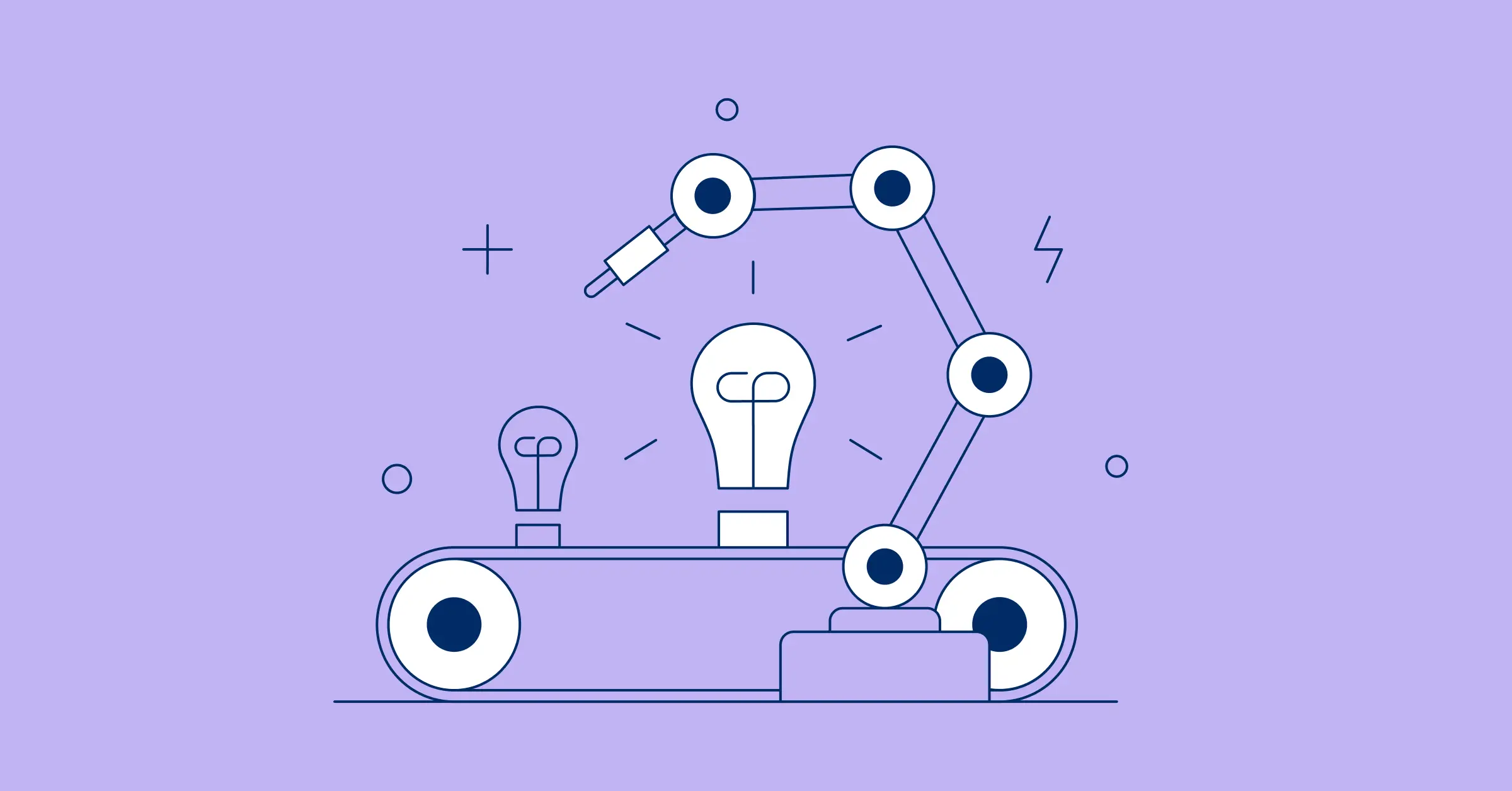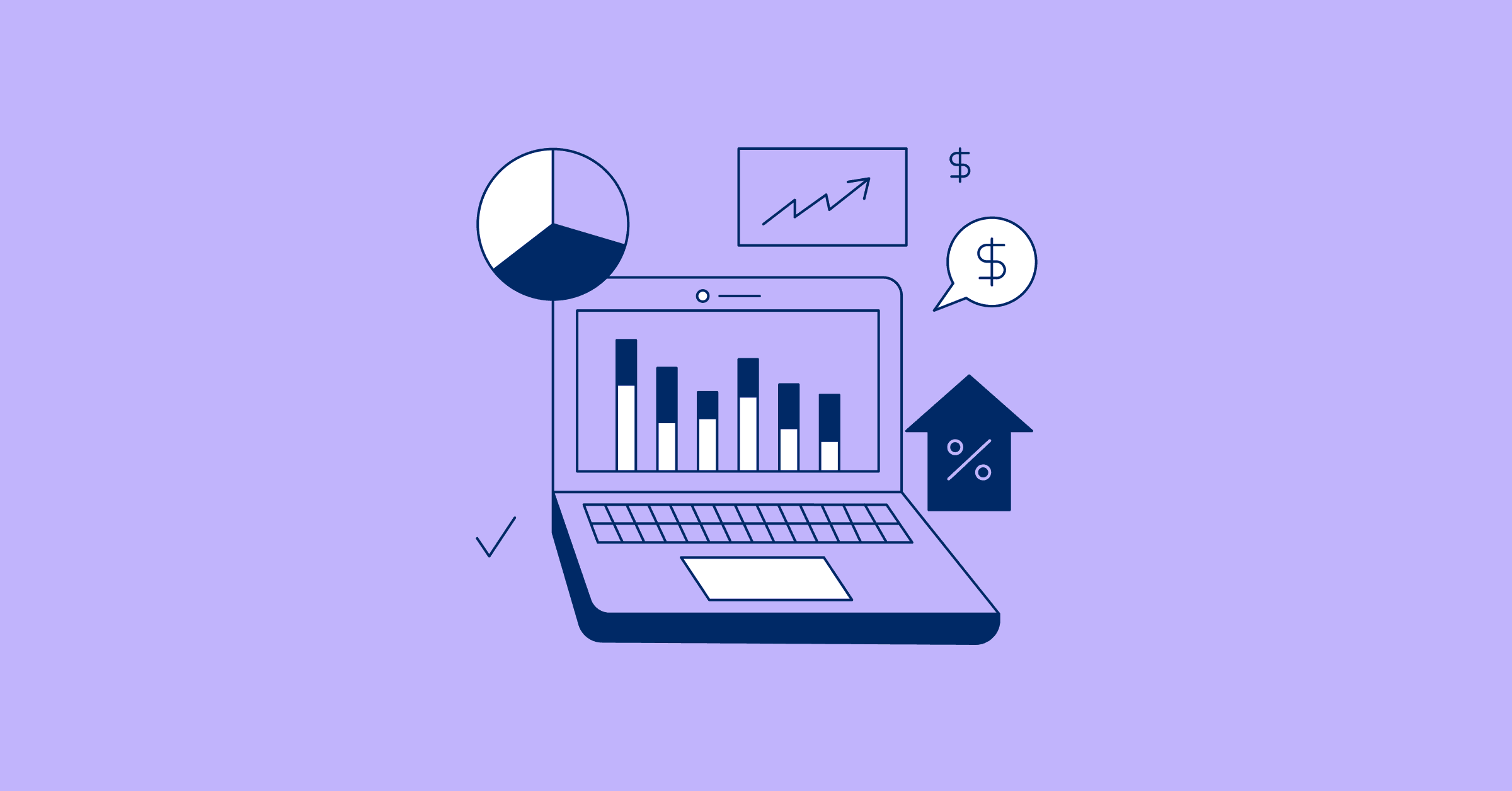November 03, 2022
Procurement & Purchasing – Their Differences Explained

Sign up for our newsletter
Stay informed with the latest trends and best practices in finance and procurement.

For a moment, consider the office supplies your business recently bought. Would you say those supplies were purchased or procured? Funnily enough, many people might say the former, while an equal number of people might say the latter. This disparity is because procurement is often confused for purchasing and vice-versa, leading to many using the terms interchangeably.
Despite the confusion, procurement and purchasing are distinct concepts with very different definitions. In fact, many businesses survive based on one or the other. That’s why it’s crucial for companies to understand the distinction between procurement and purchasing. So, we’ve explained the difference between procurement and purchasing below.
This article will cover the following topics:
- What is Procurement?
- What is Purchasing?
- Procurement vs Purchasing
- Automating Procurement & Purchasing
What is Procurement?
Procurement is an umbrella term that encompasses the entire long-term process by which companies arrange and acquire goods and services from external vendors. In practice, this runs the gamut through the whole supply chain management ecosystem, from vendor management to contract negotiation and beyond.
Procurement is crucial because it helps get businesses what they need to do business, whether hiring consultant firms or securing an ongoing produce supplier. The actual function and implementation of procurement-related smart solutions is often directed by VPs of Procurement. Though the procurement process can differ between companies and industries, most will go through the following general steps:
- Identify internal requirements
- Evaluate Market
- ID potential vendors
- Negotiate Contract
- Create a purchase order
- Receive goods and/or services
- Receive/Submit Invoice
- Make Payment to the Vendor
- Enjoy a good, ongoing vendor relationship
Traditionally a very manual process, Fintech advancements have led to the digitization and automation of procurement. Known sometimes as E-Procurement, these modernizations enable companies, especially startups, to dramatically shorten the time each step takes.
What is Purchasing?
Purchasing is a term used to encompass the short-term tasks involved with arranging to purchase goods and services for a business. This relatively simple task is actually a sub-set of procurement and, in plain terms, helps buy stuff that purchases require. As a whole, purchasing takes place through the following set steps:
- Create a purchase order
- Receive delivery of goods/services
- Store Receipt & Invoice
- Compare the delivered goods to the receipt & invoice (three-way matching)
- Pay the vendor through any of the following payment methods:a. Physical credit cardb. Virtual credit cardc. ACHd. Cross-border payments
Though purchasing is straightforward, it can still be stressful for employees, managers, and administrators who need to arrange it regularly. That’s why remembering the 5 R’s of Purchasing can be so valuable - they will also not forget their rights as customers, even in the B2C space. The 5 R’s are:
- Right Quality
- Right Quantity
- Right Place
- Right Time
- Right Price
Procurement vs Purchasing
Though it’s fair to say that procurement and purchasing are related, if not tangential, they are certainly not interchangeable. Procurement and purchasing set themselves apart in stark fashion in terms of complexity, flexibility, proactivity, and a myriad of other factors. For a full breakdown, see below:
Automating Procurement & Purchasing
For all their differences, procurement and purchasing share a crucial similarity - they both benefit enormously from automation. By and large, these functions can require a large amount of tedious, manual tasks. From automation, what once took hours or days can take mere minutes.
To engage in such automation, businesses often adopt the services of platforms like PayEm. As a connected, all-in-one financial platform, PayEm offers companies an unparalleled glimpse into their processes, from spend management to accounts payable, procurement, and beyond - all while enabling a business-altering level of automation. For more information, contact PayEm's experts contact PayEm’s experts for a commitment-free, no-cost walkthrough of the platform and its procurement feature suite.
FAQ:
What is more essential for business: procurement or purchasing?
Ultimately, procurement and purchasing are equally essential to a business. Without one or the other, companies would no longer be in business.
Is procurement broader than purchasing?
Yes. Procurement is a much broader umbrella term that encompasses many different functions. Purchasing, on the other hand, is but one sub-section of procurement.
What is the difference between procurement and purchasing managers?
In practice, the roles are fairly similar. On paper, however, procurement managers find new vendors and engage in negotiations while purchasing managers are more operational, ensuring that purchase orders are fulfilled.


